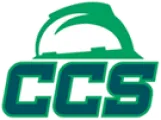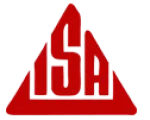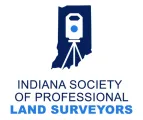
Construction managers and workers must know what's beneath the surface to conduct a project safely and efficiently. Utility locators are helpful tools that identify underground infrastructure before excavation begins. While many project managers understand the importance of public utility locating, they can't overlook the danger of private utility lines that lurk beneath the surface.
This is where private utility locating comes in handy. Here, you'll find out why private utility locators are necessary for construction and excavation projects, as well as the step-by-step process of private utility location.
What Are Private Utilities?
Private utilities refer to underground infrastructure outside the purview of public utility companies that manage gas lines, power lines, and more. Examples include water lines from meters to buildings, sewer laterals, electric lines to outbuildings, gas lines for outdoor grills or generators, and communication lines between structures.
Industrial, educational, and healthcare facilities often have complex private networks for communication, power, and specialized processes. Other properties may have forgotten or abandoned lines that pose risks during excavation.
Private utilities carry the same dangers as public ones. Hitting a private gas line carries the same explosion risks as a public gas main, and severing private electrical lines can result in fatal electrocutions.
The term "private" refers solely to ownership and maintenance, not the safety hazards these systems present. Identification and management of private utilities are critical to facilitating safe construction or excavation activities.
The Limitations of Free, Public Utility Locating Services
Anyone, including project managers, surveyors, and engineers, can call public utility locating services at the free-to-use 811 digging hotline. It's an accessible utility marking service that public utility companies offer to mark their utilities at digging sites. It covers the utilities that the public utility companies own and maintain, such as electric lines, gas systems, water mains, sewer systems, and major communication lines. However, this service only marks public utilities that the companies have accurate records of.
A limitation of the 811 system is its lack of coverage for private utilities, regardless of their complexity or risk. This leaves a large portion of underground infrastructure unmarked and unprotected during excavation, increasing the potential for damage or accidents. These gaps in coverage highlight the importance of additional precautions when working around underground utilities.
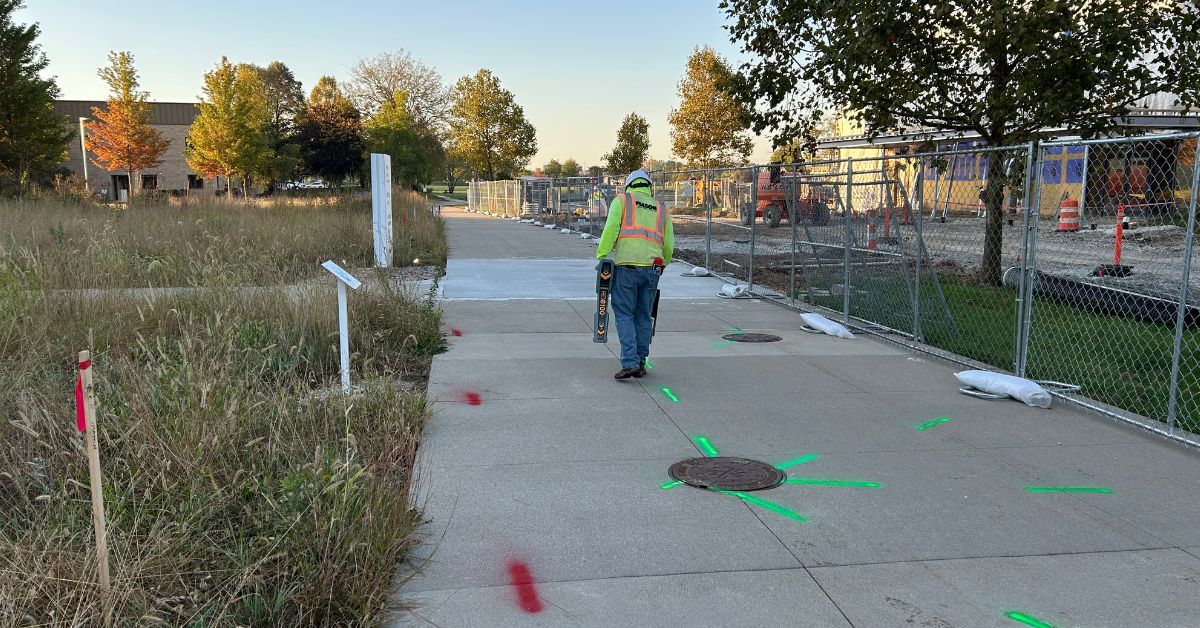
Why Private Utility Locators Are Valuable
Private utility locators are necessary because they fill the gaps of public utility marking, protect infrastructure, and prevent project delays.
Fill the Gap That Public Utility Locators Leave
Private utility locators address the crucial gap left by public utility marking services. These professionals specialize in locating private utility systems, preventing damage that could lead to costly repairs, extended delays, and serious safety risks. The financial impact of striking unmarked utilities far exceeds the cost of investing in proper locating services.
Protect Infrastructure and Prevent Damage
Damage to private utilities can have far-reaching consequences. For example, severing a private water line can flood construction sites, damage equipment, and halt work for days or even weeks. Breaking private communication lines can also disrupt entire business operations, creating liability exposure beyond simple repair costs. Public utility locators won't have records of these lines, making private utility locating services an essential safety measure for construction and excavation projects.
Reduce Project Delays and Associated Costs
Utility damage causes major project delays, compounding costs through longer equipment rentals, additional labor, and even penalty clauses in construction contracts. Beyond these direct costs, insurance claims and legal liabilities add further financial exposure. These cascading expenses dwarf the initial investment in private utility locating services.
Protect Workers
Worker safety is one of the most critical reasons to invest in private utility locating services. Construction sites are inherently hazardous, and unknown underground utilities drastically increase these dangers. Identifying and marking utilities correctly—both public and private—creates safe work environments, decreases accident risks, and reduces liability for project owners and contractors.
The Private Utility Locating Process
The private utility locating process requires thorough examination of the work site by locators. As a utility locator company, Mason Private Locating (MPL) can take you through each step in the comprehensive process of locating, identifying, and documenting any and all private utilities within a worksite.
Step 1: Site Walk and Visual Inspection
The process begins with a complete site walk and visual inspection. Project managers carefully examine the work area while reviewing available documentation, maps, and historical records. This initial assessment uses surface indicators and existing data to identify known utilities while setting the scope of locating requirements.
Step 2: Verifying Known Utilities
The second step focuses on locating and verifying known utilities with visible surface indicators. Using electromagnetic receivers and transmitters, technicians trace electric, gas, and water lines extending beyond service meters. They also verify the accuracy of public utility markings to guarantee coordination between public and private infrastructure.
Step 3: Locating Unknown Utilities
Next, it's time to tackle the challenge of discovering unknown utilities without visible surface indicators. Technicians use electromagnetic passive scanning and induction techniques to locate communication lines, abandoned utilities, and other hidden infrastructure.
Step 4: Ground Penetrating Radar Scanning
Ground penetrating radar (GPR) technology identifies underground anomalies that electromagnetic methods cannot detect, such as nonmetallic pipes, underground storage tanks, and plastic water mains. GPR also verifies the accuracy of earlier findings. Every project should implement GPR scanning for comprehensive coverage.
Step 5: Comprehensive Documentation
In the final step of MPL's locating process, our technicians document all their findings of the located infrastructure and deliver the documents to you. The report includes detailed project notes, site sketches, photographs, and GPR trail images.
The records are accessible through digital delivery systems. They serve as permanent project documentation and support future maintenance and expansion planning.
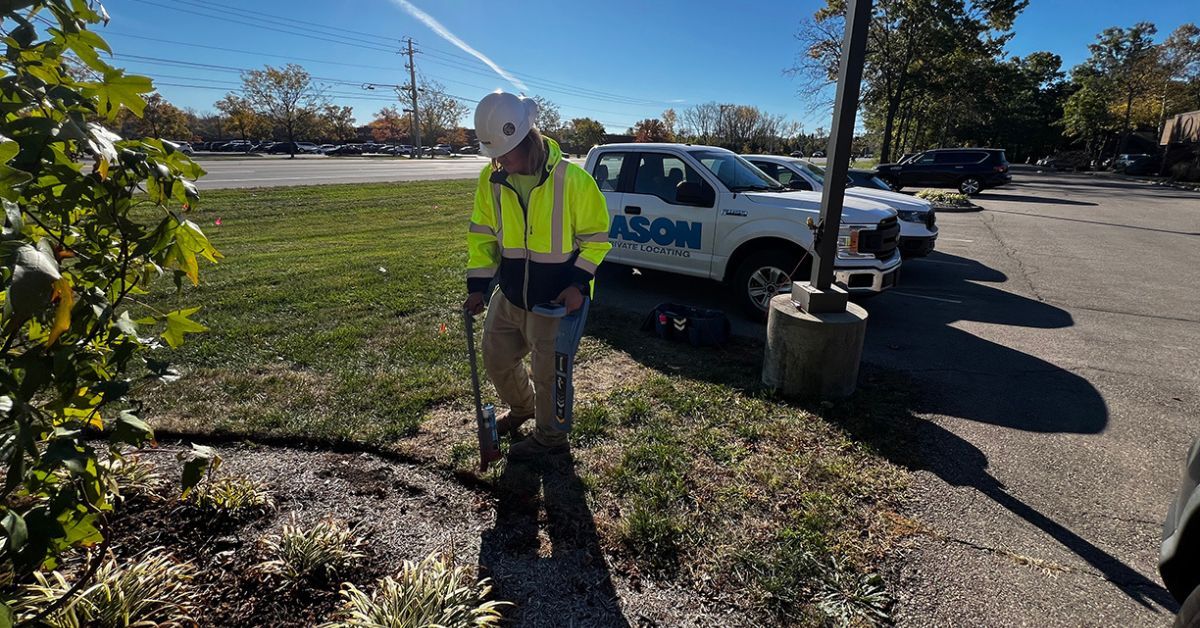
Protect Your Project With Mason Private Locating
Private utility locators provide essential services that protect projects, workers, and financial investments from the hidden dangers lurking beneath construction sites. With many underground utilities falling outside 811 coverage, comprehensive private utility locating becomes a necessity rather than an option for responsible project management.
Contact MPL today to discuss your project requirements and ensure complete utility identification before excavation begins. Professional utility locating services provide the foundation for safe, successful construction projects while protecting your investment from underground surprises.


